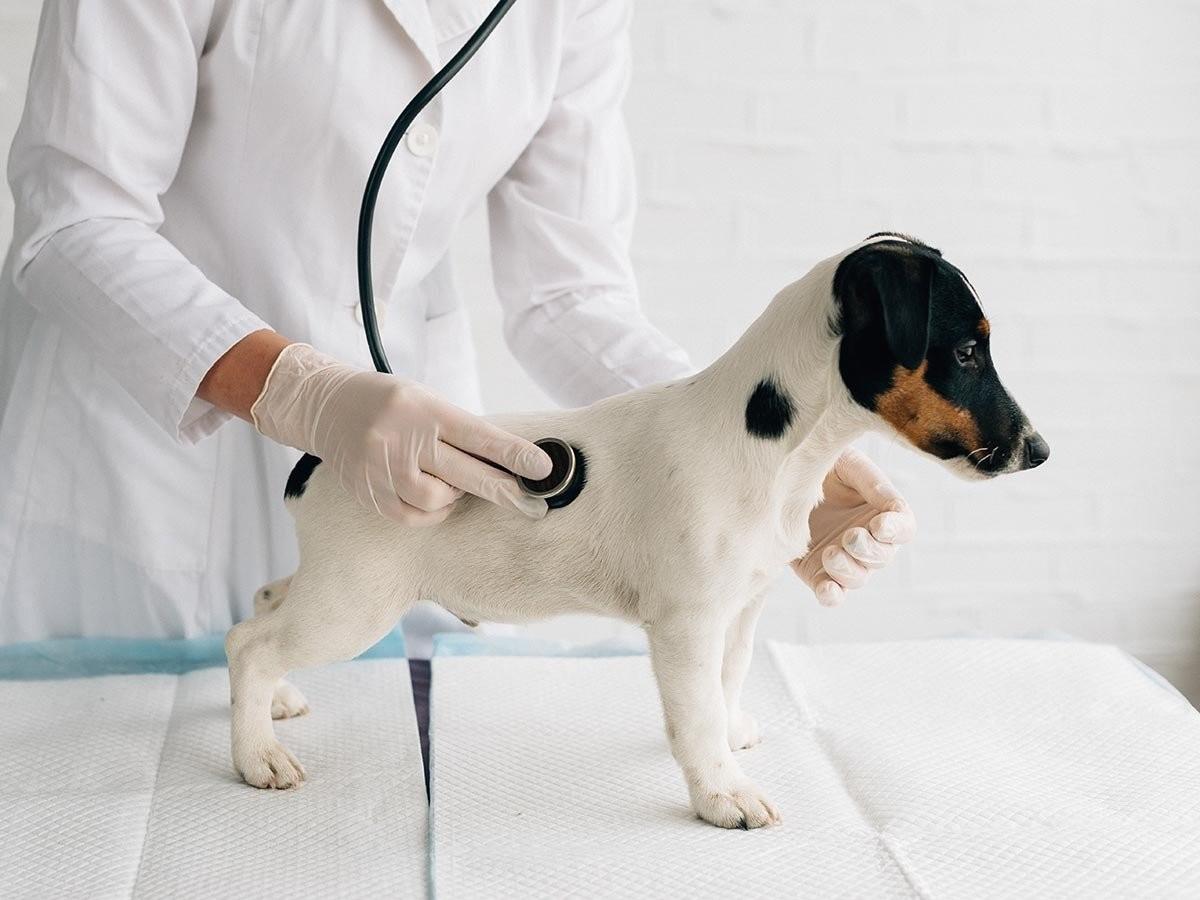Spaying, also known as ovariohysterectomy, is a common surgical procedure that involves the removal of a female dog's ovaries and uterus. While it's a major decision, spaying offers numerous benefits for your dog's health and well-being, as well as contributes to reducing pet overpopulation.
Why Spay Your Dog?
Preventing Unwanted Litters: The most obvious benefit is preventing unwanted pregnancies and contributing to the overwhelming number of homeless animals in shelters.
Health Benefits:
Significantly reduces the risk of mammary tumors (breast cancer)
Eliminates the risk of pyometra, a life-threatening uterine infection
Prevents ovarian and uterine cancers
Behavioral Benefits:
Eliminates heat cycles and associated behaviors like bleeding, attracting males, and mood swings
Reduces or eliminates unwanted behaviors like roaming and urine marking
May decrease the likelihood of separation anxiety or fearful elimination
When to Spay Your Dog
The optimal timing for spaying varies depending on your dog's breed and size.
Small & Medium Breeds: Typically spayed around 6 months of age, before their first heat cycle.
Large Breeds: Some veterinarians recommend waiting until they are fully grown (12-18 months) to reduce the risk of certain orthopedic problems.
Shelter Dogs: Early spaying (as early as 8 weeks) is often practiced to help control pet overpopulation.
The Spaying Procedure
Spaying is a surgical procedure performed under general anesthesia. Your veterinarian will make an incision in your dog's abdomen, remove the ovaries and uterus, and close the incision with sutures. Most dogs recover quickly and can resume normal activity within a few days.
Potential Risks and Considerations
While spaying is generally safe, like any surgery, it carries some risks, including those associated with anesthesia and the surgical procedure itself. Your veterinarian will conduct a thorough health evaluation before the surgery to minimize these risks.
Some potential long-term concerns include:
Weight Gain: Spaying can decrease metabolism, but obesity can be prevented with proper diet and exercise.
Urinary Incontinence: A small percentage of spayed females may develop urinary incontinence, usually in middle to older age.
Orthopedic Issues: Early spaying in large breeds has been associated with an increased risk of certain joint and bone problems.
Making the Decision
Spaying is a responsible choice that benefits both your dog and the community. Discuss the timing and any concerns with your veterinarian to make the best decision for your furry companion.
Remember:
Spaying does not change your dog's personality or affection.
Spaying is not a substitute for training; behavioral issues should be addressed through proper training and socialization.
FAQs
Do female dogs change after being spayed?
Yes, spaying can lead to some behavioral changes in female dogs. Heat cycles, with their accompanying hormonal fluctuations, can cause mood swings, irritability, and increased aggression. Spaying eliminates these hormonal fluctuations, leading to more consistent behavior. In general, spayed females may exhibit less aggression towards other dogs and humans1.
What to expect after a female dog is spayed?
In the first 24 hours after surgery, your dog may be groggy, sleepy, or even irritable. They might also experience nausea, vomiting, or a decreased appetite. These are normal side effects of anesthesia and the surgery itself. It is important to provide your dog with a quiet, comfortable place to rest and recover. Monitor the incision site for any signs of infection, such as redness, swelling, or discharge6.
How long does it take for a dog to recover from being spayed?
Full recovery from spaying typically takes between 10 to 14 days. During this period, it is essential to restrict your dog's activity to prevent the incision from reopening. Leash walks are recommended, and avoid any strenuous activities like running or jumping. Your vet will likely provide pain medication and may also recommend an Elizabethan collar (cone) to prevent your dog from licking the incision site2.
By choosing to spay your dog, you're contributing to a healthier and happier life for your pet and helping to reduce the number of unwanted animals in shelters.
About the Author
Gina Melendez works for the Eagle Glen Veterinary Clinic, and Dr. Hon Seok Jeong reviews this post. Eagle Glen Veterinary Clinic has been serving pets in LA since 1988! The vets and technicians have a passion for pet care and the skill to give excellent service! Visit https://www.instagram.com/eagleglen.vc/ or https://eagleglenvets.com/index.cfm for more.

With 10 years of experience as a pet parent, I aim to empower pet owners with insights into pet insurance and maintaining their pet's well-being. I aspire to be a trusted source, combining knowledge with a commitment to the welfare of our beloved pets.

Eagle Glen Veterinary Clinic has been serving pets in LA since 1988! The vets and technicians have a passion for pet care and the skill to give excellent service! Visit https://www.instagram.com/eagleglen.vc/ or https://eagleglenvets.com/index.cfm for more.
Behavioral Changes of Spaying Your Dog. (2015). In Humberwood Animal Hospital. https://www.spayneutertoronto.com/how-will-spaying-change-my-female-dogs-behavior/
How Long Does Spaying Take? (2022). In Spay & Neuter Procedures in Tracy. https://www.tracyvets.com/site/blog/2022/06/15/how-long-does-spaying-take
Spaying and neutering. (n.d.). In American Veterinary Medical Association. Retrieved August 22, 2024, from https://www.avma.org/resources-tools/pet-owners/petcare/spaying-and-neutering
Spaying in Dogs. (n.d.). In VCA Animal Hospitals. Retrieved August 22, 2024, from https://vcahospitals.com/know-your-pet/spaying-in-dogs
Spay/neuter post-surgical care and recovery instructions. (n.d.). In Animal Humane Society. Retrieved August 22, 2024, from https://www.animalhumanesociety.org/resource/spayneuter-post-surgical-care-and-recovery-instructions












